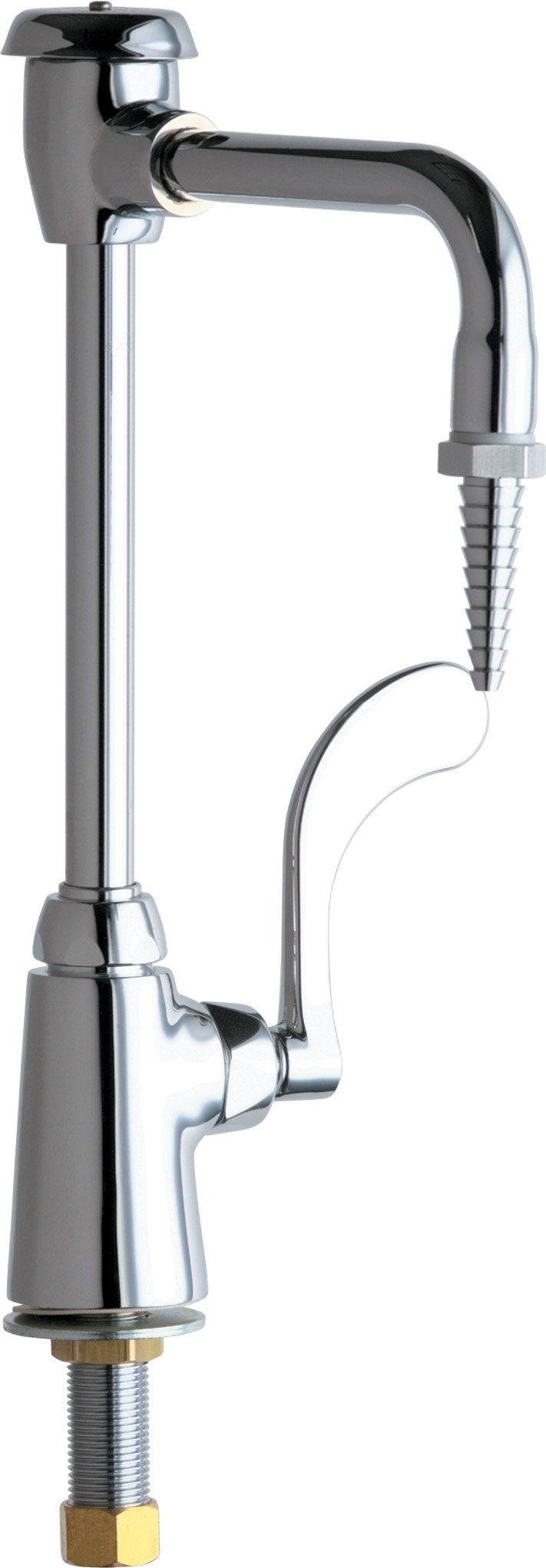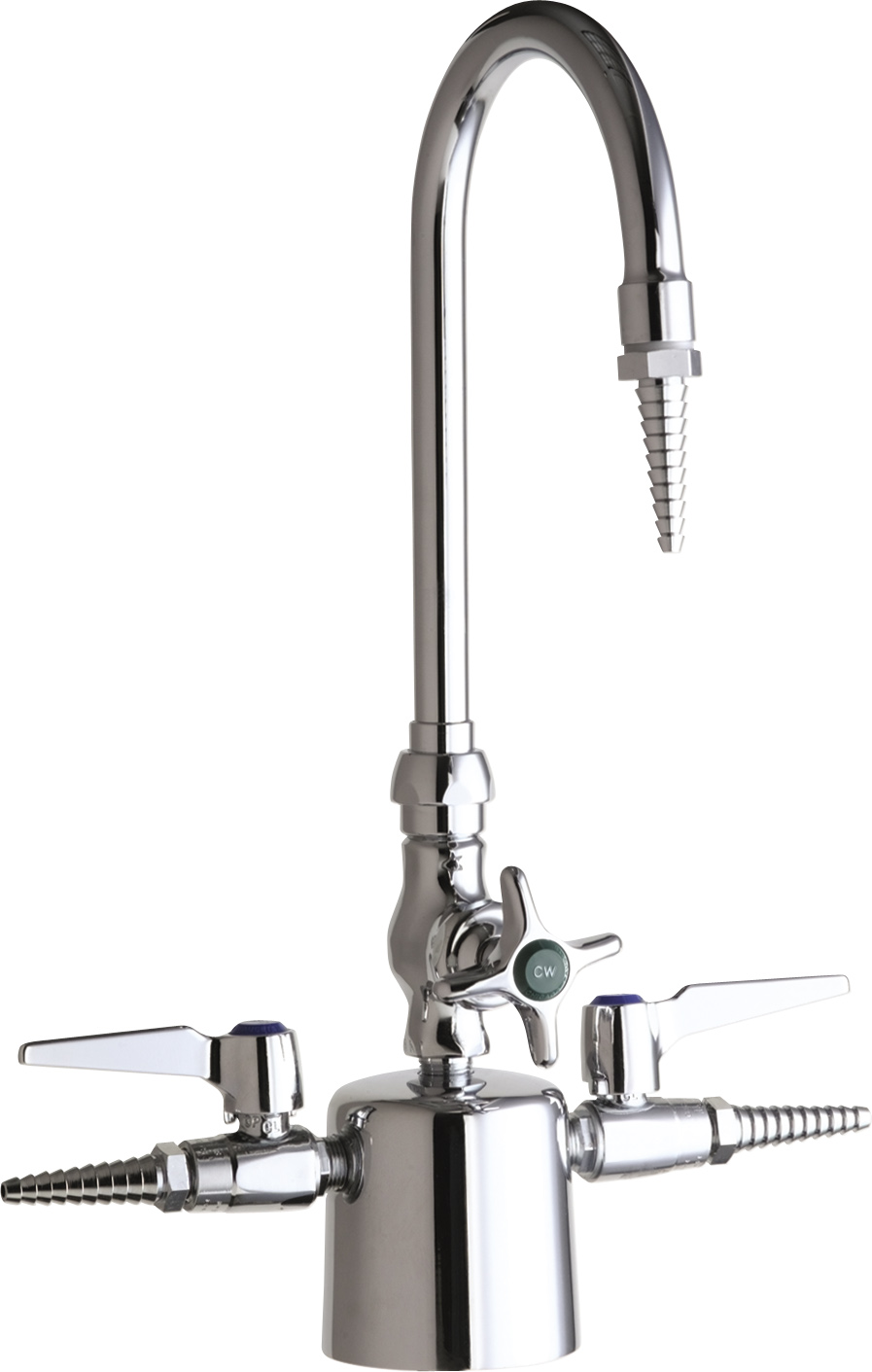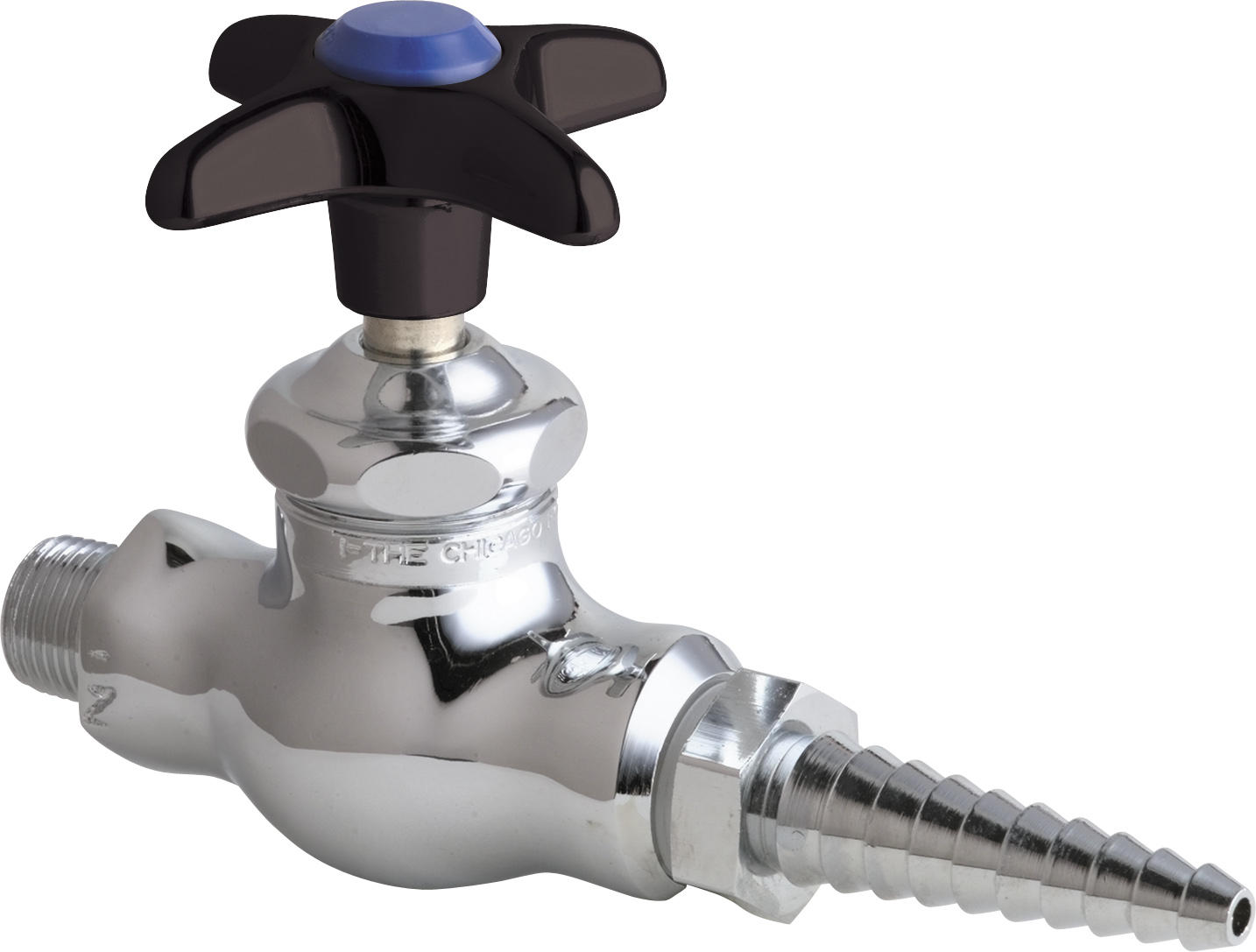If you want your lab to produce accurate and confirmable results, you need the right equipment.
Most people focus on heavy technical equipment when they think about items that can influence their results, but in reality, it's the small details that make a researcher's job easier. Choosing the right laboratory faucets and valves might not seem like a big decision, but making the right choice now can save you from problems later.
Let's look at some of the best faucets and valves by category and how they can help your lab get the best results.
Water Faucets
There isn't a lab anywhere in the world that doesn't need water faucets and valves. Whether it's for experiments or cleaning lab equipment, water plays an essential part in all scientific studies. The type of valve or faucet you choose depends on your needs.
As such, you need to control the water that goes into your lab work. There are several different valve and faucet types to help you do so.
|
|
Single Faucets
For example, most lab nozzles feature a deck mount with the water handle on the right side, but you can also get it on the left for left-handed technicians. You can also choose to get them with aerators, cold water buttons, and other features to meet your lab's unique needs. Choosing the length of the neck is an important part of picking the correct single faucet for your lab. Make sure that you leave enough room between the nozzle and bottom of the sink to fit buckets and other containers that you'll fill with water. |
|
|
Mixing Faucets
|
|
|
Electronic Faucets
|
Valves
Valves regulate, direct, and distribute fluids. Anything that controls a liquid has a valve, including aerosol cans, on/off controls for dishwashers and other liquid-based appliances, and storage devices. Since each valve works with different types of fluids, they're given a separate category even though they're fittings.
What valves do you need for your school or profession?
|
|
Water ValvesWater valves allow you to control the amount and pressure of water. These come in three varieties: straight, angle, and hose bibbs. Labs can fit these valves with control flow cartridges and several nozzles, some of which include aspirators and vacuum breakers. You can also fit them with turrets, which allows you to have two valves on one water source. You can also fit the valves with various handles, some of which have hot and cold buttons on them. |
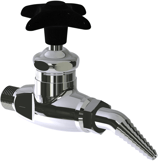
|
Steam ValvesThese valves help to control the pressure and release of steam for your lab. It's importantto use valves designed for steam for safety reasons. Incorrect equipment can lead to built-up pressure, accidental release, and burns. You can choose between a straight and angled valve and add on turrets. |
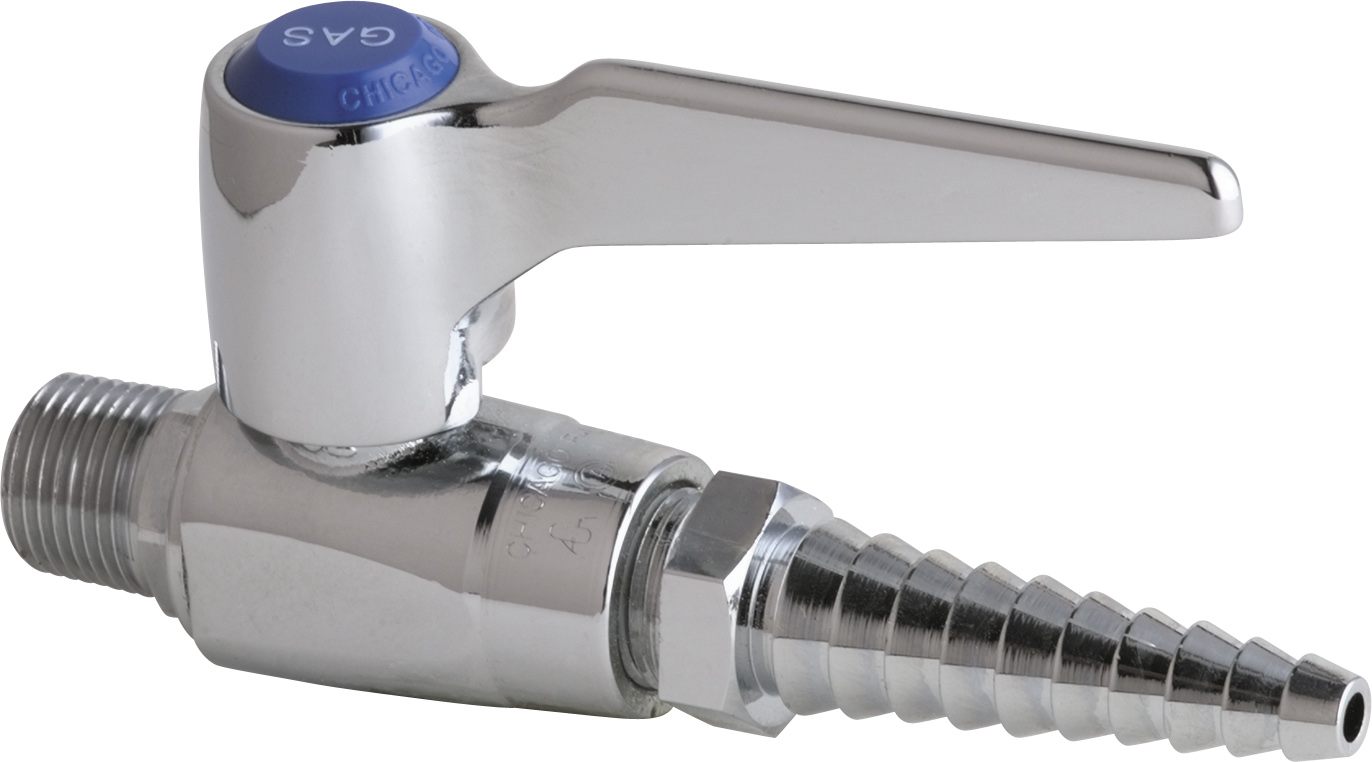 |
Gas ValvesThere are three common types of gas valves you can have for your lab: gas needle, gas fine needle, and gas ball valves. Ball valves are the most common type of valve in laboratories. A ball sits in the bore and either allows gas to flow or blocks it. These valves are for general purpose use. |
Which Valves Do You Need?
Depending on the type of lab you run, you may need some of each type of valve and faucet.
University labs need each type of valve due to the nature of research and experimentation that occurs. Several students and researchers work in the same space on different projects, and the research changes every few years as new people get cycled in and out of the lab. Ordering everything you need in advance will stop you from having to postpone research while waiting on equipment.
For specialized labs, what you'll need depends on the type of research conducted. Company labs tend to work with particular substances, so you should have a good idea of your needs. The turnover rate and change in focus that you see in universities won't occur as quickly, giving you time to get what you need as you need it.
For both labs, you should have multiple water faucets and valves. Water is a necessity in any research, and is a safety requirement as well. Place multiple sinks around your lab with at least one electronic faucet. If someone works with volatile substances, you don't want them touching handles, as others that might have a sensitivity to that substance will then come in contact with it.
Safety When Working With Laboratory Faucets And Valves
The most important safety rule is that if someone isn't working with a faucet and valve, turn it off immediately. Never allow valves, especially those that control gas and steam, to stay on longer than necessary. Some gasses could cause health issues if released into the air. You should never assume that your safety hoods will keep the gasses under control. Steam, on the other hand, poses risks as it can burn anyone that comes across an unclosed valve.
You should also have safety checks to make sure your valves work properly. You should test them at least once a week to make sure they only let out the amount of liquid that you want. If they show signs of wear and tear, decay, or inaccuracies, replace them immediately.
Keep your valves and faucets clear of anything that could damage them. Impacts that cause damage to a valve could lead to a gas or steam leak, which can cause health risks. You should use acoustic and specialized sensors to test for leaks. Valve leakage increases with time due to the erosion of the valve's sealing, so any leak detected, no matter how small, should cause you to shut the valve down and replace it.
You should also make sure that only authorized people use the valves in your lab. Post signs next to each valve that states what the valve controls and possible safety risks. You should also have information about every type of substance you use in your lab organized and accessible to everyone that works with the valves. This step will help anyone that comes into contact with gasses and steam.
You should have a proper ventilation system in all labs to limit the gas and steam build-up if any valves fail. You should also only buy valves from trusted vendors. Buying discounted valves could lead to problems, as these valves are often either repurposed or re-used. Only buy new valves from a company that specializes in producing high-quality fixtures and equipment.
Get The Equipment You Need For Your Lab
Chicago Faucets has made high-quality faucets and valves since 1901. Since then, we've grown into one of the most trusted providers of equipment in the industry, with our products appearing in hospitals and labs around the country.
If you need accurate, safe, and dependable laboratory faucets and valves, take a look at our products and get in touch with us today!
.png)

